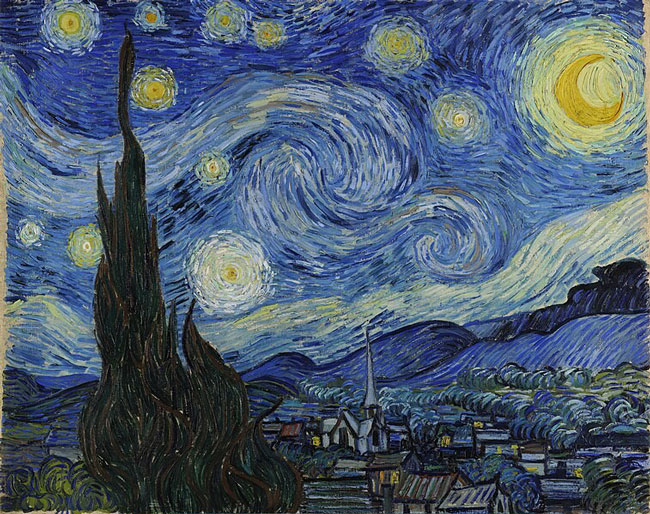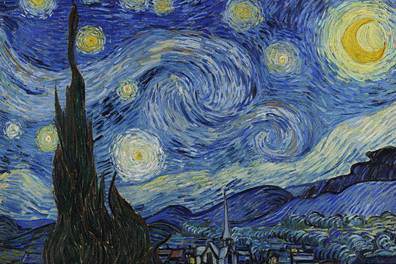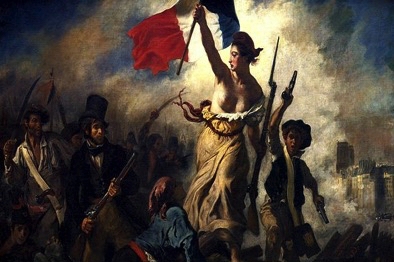What Do We See?
This essay is about Vincent van Gogh and is a follow-up to my last article about Picasso. In that essay, I wrote about artists’ reflections on what they see in life. My example was Picasso's painting Guernica.
I also mentioned my love of the arts. My favorite painting is William Turner’s The Fighting Temeraire at The National Gallery in London. This link is about Q and 007 discussing The Fighting Temeraire in front of the painting.
However, van Gogh’s Starry Night is my second favorite.

Starry Night was painted at a hospital in Saint-Rémy-de-Provence, where he was a patient in June 1889. He struggled much of his life with a litany of medical and psychological problems. Many speculate that he had epilepsy, Geschwind syndrome, Ménière's disease, an addiction to the liquor absinthe, bipolar disorder, porphyria, and digitalis toxicity.
Regardless of his medical and psychological issues, van Gogh’s life was very conflicted. Painting was the motivating force in his brief life. Interestingly, van Gogh’s most significant works were painted in the last two years of his life. Starry Night was painted a year before he shot himself.
It seems that van Gogh is an artistic metaphor for each of us. Each of us has problems in life; that is just life. It is also true that the different art forms reflect various artists’ pains on their journey down their yellow brick roads of life. Name any artist; each had some pain motivating that artist. Beethoven is an excellent example of this dichotomy between creativity and pain.
I’m fascinated by the truism—no pain, no gain. Having taught art history subsections before I graduated from college and having taught art history many times during my twilight years, I realize that teaching the arts is two-dimensional. We need to learn more updated teaching techniques. We need to move beyond that static technique.
Years ago, I went to a theater in Chicago and watched an avant-garde means of teaching. It was a large classroom with photos of van Gogh’s paintings. They weren’t like paintings hanging on the walls of the Art Institute in Chicago. In this classroom, the students could move around and see much larger-than-life paintings by van Gogh.
I wish that I had come up with this teaching technique when I was in college. It would have changed me, which would have immensely helped me teach. Watch part of the visual light show classroom teaching van Gogh. The technique employs a 360-degree digital projection, immersing the student in van Gogh's life and work.
No matter where the art history student looks, van Gogh’s painting comes alive and immerses that person.
This is the CBS Weekend News program about the Immersive van Gogh Exhibit.
This creative video is of an interesting painting of Starry Night.
This is Don McLean’s song, Vincent.
This video is of many of van Gogh’s most famous paintings.











